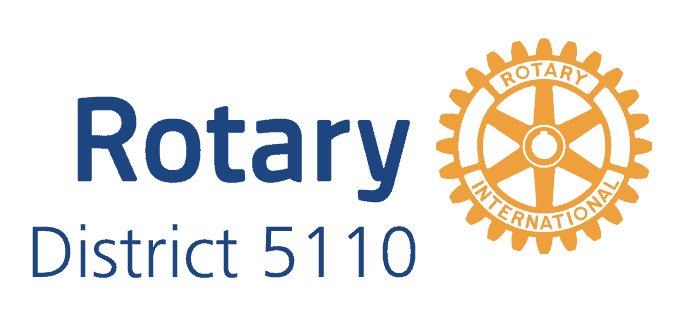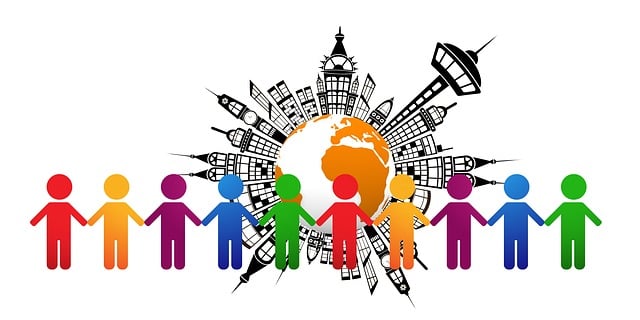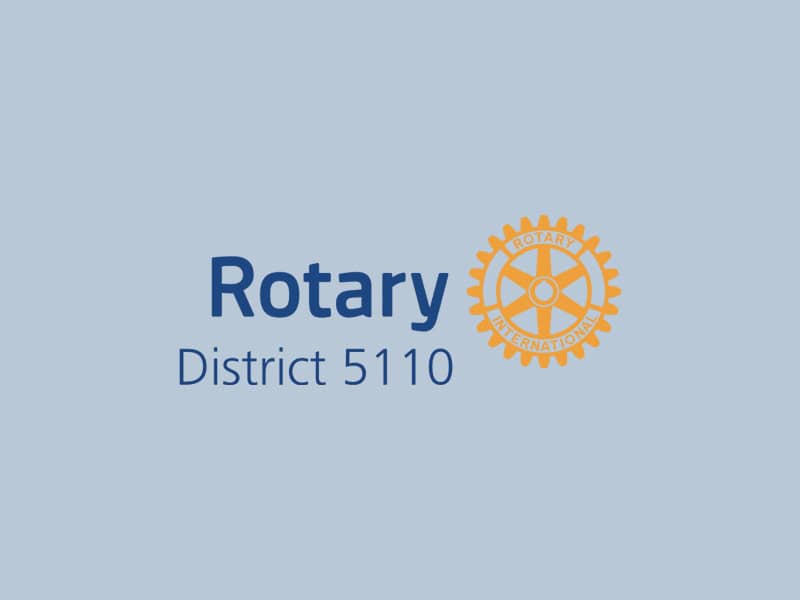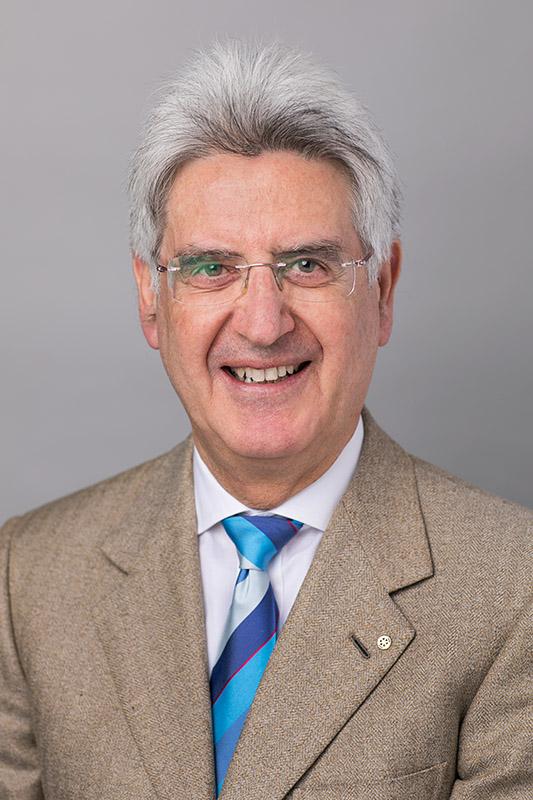Rotary International, a global service organization with over 46,000 clubs, operates through a tiered structure to ensure both local relevance and global coordination. At the heart of this framework are approximately 529 districts, though the number may vary slightly due to periodic realignments. Each district, composed of geographically grouped clubs, facilitates local administration, supports club initiatives, and organizes regional events like District Conferences. This structure enhances collaboration, enables larger multi-club projects, and ensures Rotary’s goals are met effectively at the community level.
Districts are led by a District Governor (DG), an officer of Rotary International who visits every club annually to communicate the RI President’s message and offer guidance. To support this role, Assistant Governors (AGs) are appointed to help manage and connect with smaller groups of clubs.
Beyond districts, Rotary clubs are grouped into 34 zones worldwide. These zones promote administrative efficiency, global communication, and equitable representation on the RI Board through elected directors.
Together, this multi-layered structure—clubs, districts, and zones—enables Rotary International to uphold its mission of service and integrity while adapting to local needs. It balances global vision with grassroots action, empowering Rotarians to make a lasting impact in their communities and beyond.






Comments